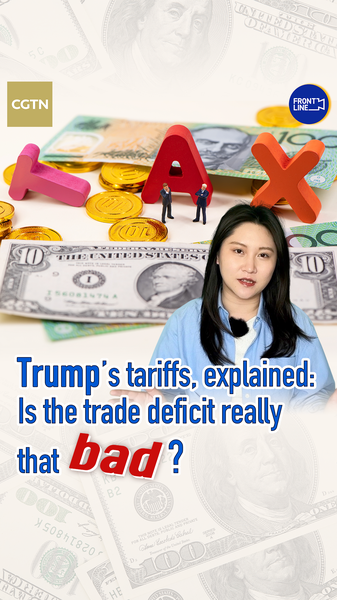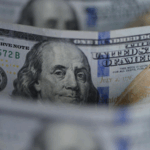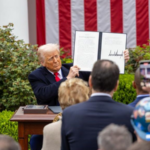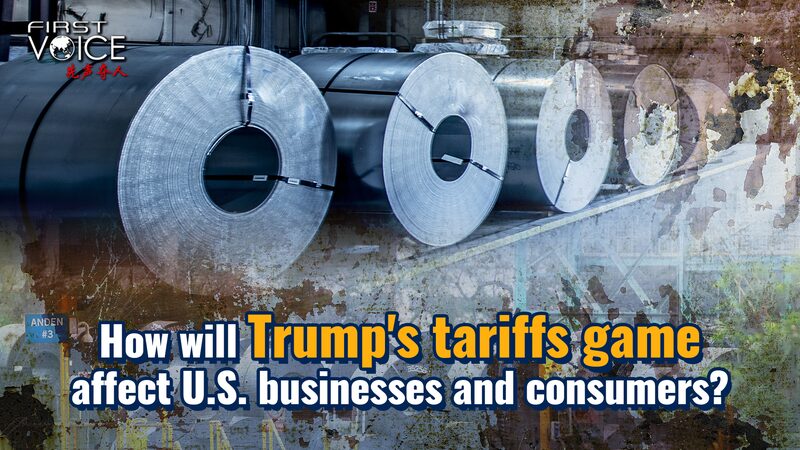U.S. President Donald Trump’s sweeping tariffs on over 180 countries and regions, from long-standing allies like the EU and Japan to emerging markets, have reignited debates over the U.S. trade deficit. Trump’s assertion that the deficit reflects unfair practices by trading partners has drawn scrutiny from economists and policymakers worldwide.
While the administration frames the deficit as a sign of economic weakness, many experts argue it reflects strong U.S. consumer demand and the dollar’s role as a global reserve currency. The tariffs, intended to narrow the gap, now risk disrupting supply chains and increasing costs for businesses and consumers. China’s strategic response, including targeted countermeasures, has further escalated tensions, with implications for global markets.
For investors, the uncertainty highlights the need to diversify portfolios, while Asian exporters brace for potential shifts in trade flows. Academic circles emphasize the deficit’s connection to macroeconomic factors, such as savings rates, rather than trade policy alone. Meanwhile, diaspora communities watch closely, as shifting tariffs could impact remittances and cross-border investments.
As the debate continues, one question looms: Can protectionist measures address structural imbalances, or will they deepen global economic fractures?
Reference(s):
Trump's tariffs, explained: Is the trade deficit really that bad?
cgtn.com








